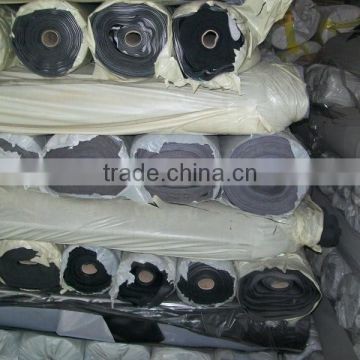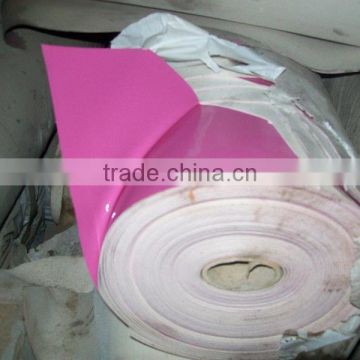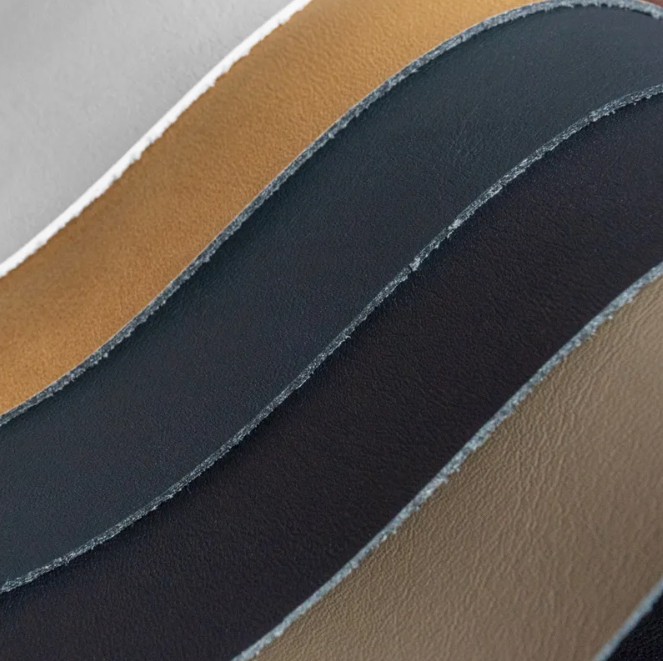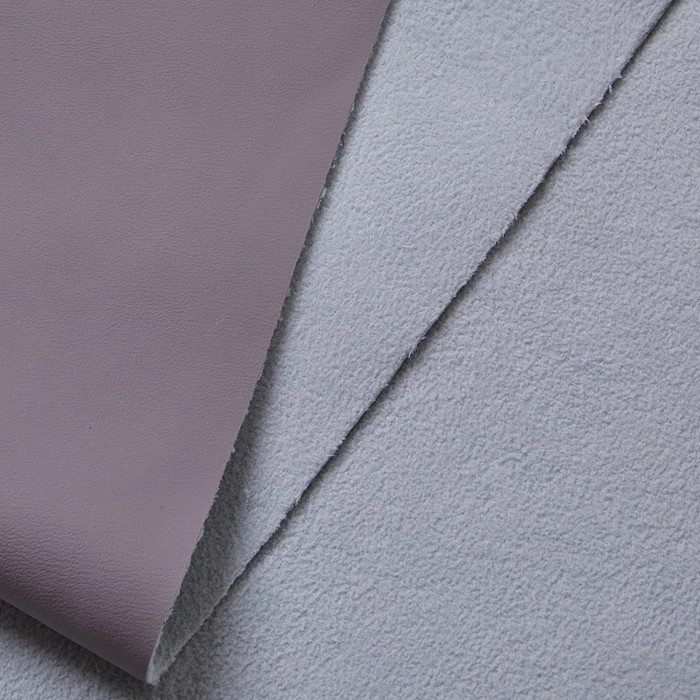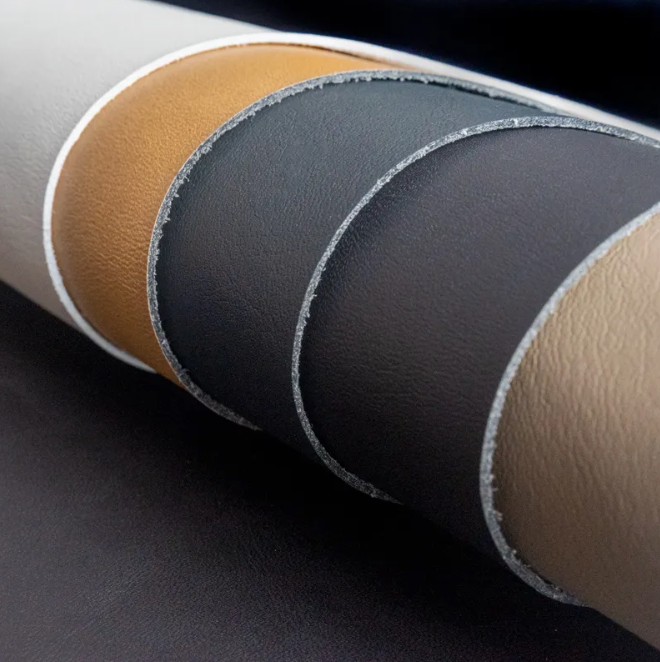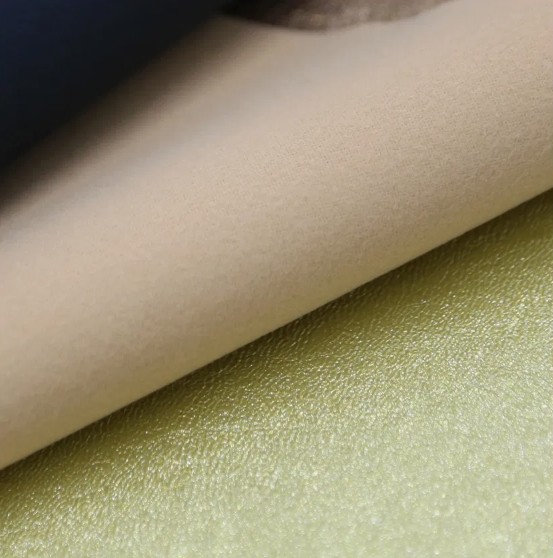Welcome!


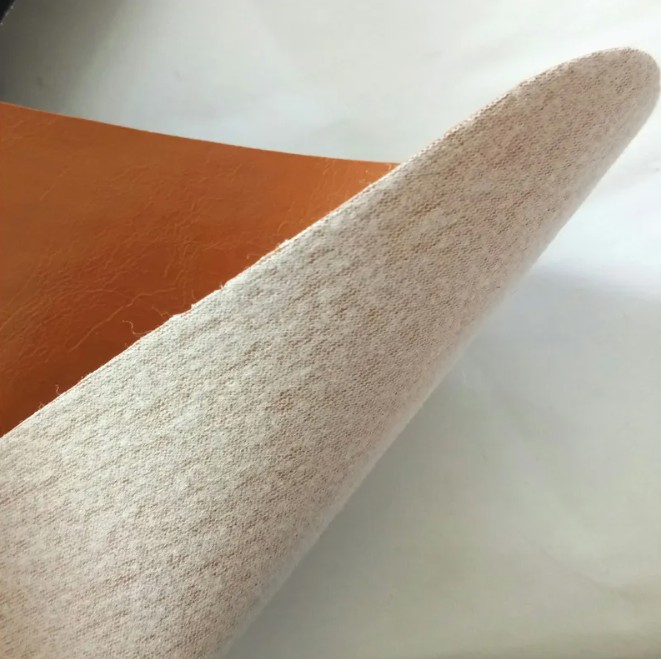
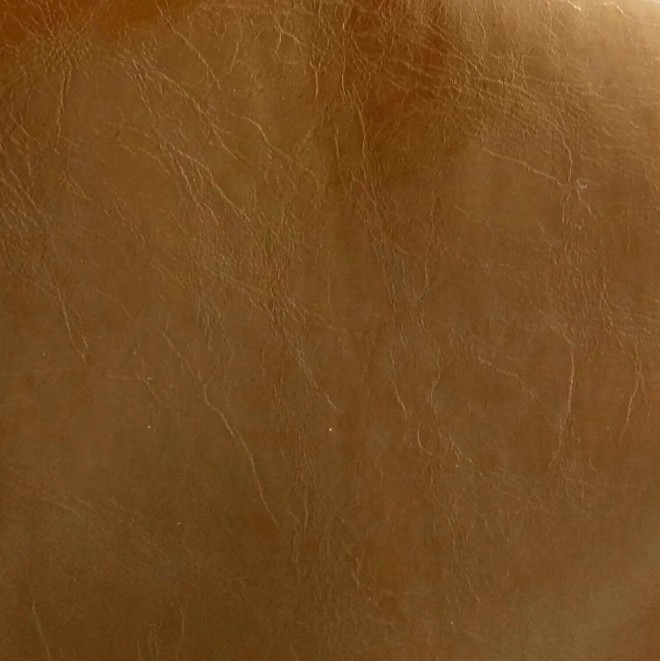
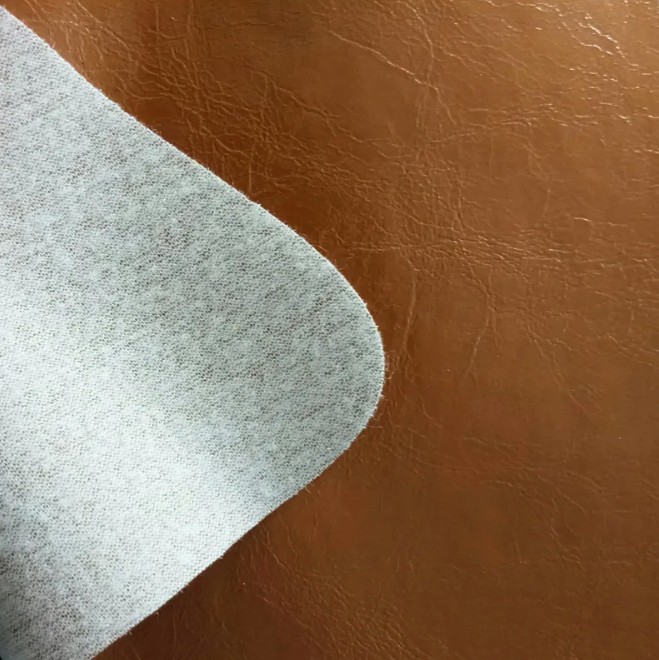

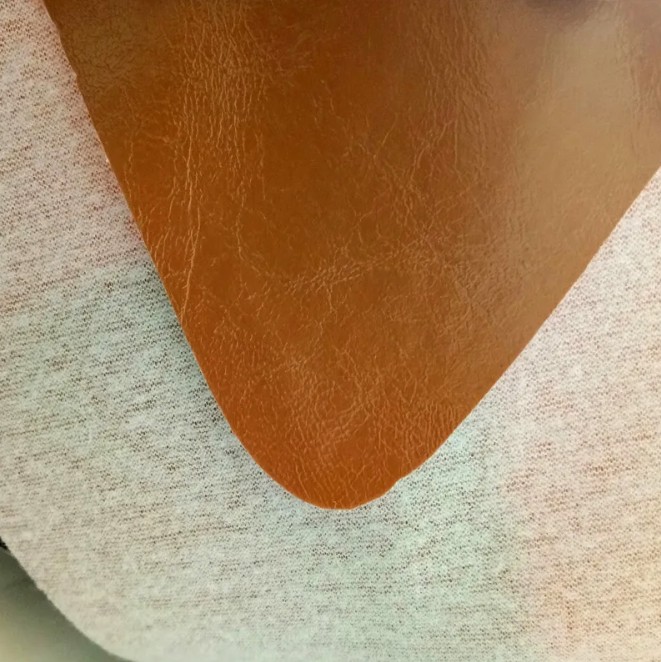
Exploring Synthetic Leather: A Versatile and Sustainable Alternative for Modern Design
Basic Info
| Material | PVC | Model NO. | z069 | Origin | China |
|---|---|---|---|---|---|
| Pattern | Embossed | Production Capacity | 300000m/Week | Specification | 0.6-1.2mm*1.37m*30m |
| Transport Package | PP Film | Width | 54/55" | ||
Product Description
In recent years, synthetic leather has emerged as a popular alternative to genuine leather, offering a combination of aesthetic appeal, durability, and eco-friendliness. Whether you’re a designer, manufacturer, or consumer seeking versatile materials, understanding synthetic leather’s unique qualities can open up a world of possibilities. This comprehensive overview delves into what synthetic leather is, its core features, advantages, primary applications, and answers to common questions, equipping you with valuable insights into this innovative material.

What is Synthetic Leather?
Synthetic leather, also known as artificial or faux leather, is a manufactured material designed to mimic the look and feel of genuine leather. It is primarily composed of a base fabric such as polyester or cotton, coated with a layer of plastic, typically polyurethane (PU) or polyvinyl chloride (PVC). This composition results in a material that replicates the texture, appearance, and flexibility of real leather while offering distinct benefits that appeal to various industries.


Key Features and Benefits of Synthetic Leather
1. Cost-Effectiveness: Synthetic leather generally costs less than natural leather, making it an economical choice for brands and consumers alike. Its production efficiency allows for competitive pricing without significantly compromising style or quality.
2. Durability and Maintenance: Modern synthetic leathers are designed to withstand daily wear and tear. They resist cracking, peeling, and fading better than some natural leathers, and maintenance involves simple cleaning with a damp cloth, eliminating the need for special conditioners or treatments.
3. Wide Range of Aesthetic Options: With advances in manufacturing technology, synthetic leather offers a vast array of textures, colors, and patterns. From embossed grains to smooth finishes, designers can achieve diverse looks to suit any style.
4. Eco-Friendly and Ethical: While natural leather involves animal harvesting, synthetic leather provides a cruelty-free alternative. Eco-conscious manufacturers are also developing more sustainable variants using innovative, environmentally friendly processes and materials.
5. Versatility: Suitable for products both fashion-oriented and functional, synthetic leather finds applications in footwear, handbags, upholstery, automotive interiors, and even tech accessories. Its flexibility allows it to be molded into complex shapes and designs.

Top Applications of Synthetic Leather
Synthetic leather’s adaptability makes it invaluable across various sectors. In fashion, it is used for jackets, shoes, wallets, and belts. In interior design, it upholsters furniture, car seats, and wall panels. The hospitality industry leverages synthetic leather for durable, hygienic headboards and seating. Its resistance to water and stains makes it ideal where cleanliness and longevity are priorities. Additionally, its lightweight nature benefits accessories like bags and tech cases, providing a high-end appearance without the associated weight of genuine leather.

Frequently Asked Questions (Q&A)
Q1: How does synthetic leather compare to genuine leather in terms of appearance?
A1: High-quality synthetic leather closely replicates the look of real leather with realistic textures and colors. Advances in embossing and printing techniques enable manufacturers to produce materials that are virtually indistinguishable from authentic leather to the casual eye, although subtle differences may exist upon close inspection.
Q2: Is synthetic leather environmentally friendly?
A2: It depends on the production process. Traditional PVC-based synthetic leathers can be less eco-friendly due to plastic content, but innovations have led to more sustainable options using recycled materials or plant-based coatings. Overall, synthetic leather avoids animal cruelty and can have a lower carbon footprint when produced responsibly.
Q3: How long does synthetic leather typically last?
A3: With proper care, synthetic leather can last several years, often comparable to or exceeding the lifespan of natural leather in similar conditions. It resists cracking and peeling when maintained correctly, although extreme exposure to sunlight and harsh chemicals can degrade it over time.
Q4: Can synthetic leather be repaired if damaged?
A4: Minor scratches or tears can often be repaired with specialized repair kits or professional service. However, extensive damage might require replacing the affected section, which is generally easier and more affordable than repairing genuine leather.
Q5: Is synthetic leather breathable?
A5: Generally, synthetic leather is less breathable than genuine leather due to its plastic coating. However, newer formulations incorporate breathable layers or perforations to improve comfort especially in clothing and footwear applications.

Final Thoughts
Synthetic leather stands out as a flexible, sustainable, and cost-effective alternative to natural leather, meeting the demands of modern consumers and industries. Its ability to emulate the appearance and texture of genuine leather while offering benefits like ease of maintenance, ethical advantages, and design versatility makes it an excellent choice for a myriad of applications. As technology continues to evolve, synthetic leather’s performance, sustainability, and aesthetic appeal are set to improve, ensuring that it remains a key player in the world of material innovation.
Recommended Products
Recently Viewed
 Exploring Synthetic Leather: A Versatile and Sustainable Alternative for Modern Design
Exploring Synthetic Leather: A Versatile and Sustainable Alternative for Modern Design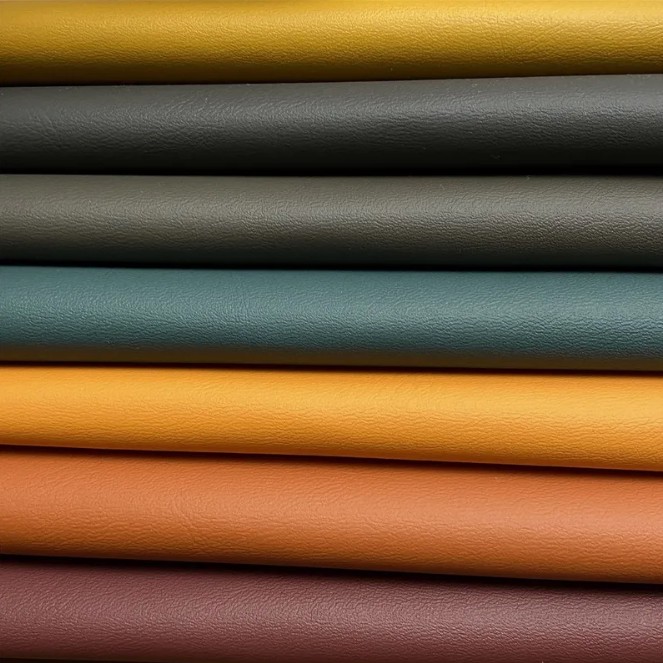 The Future of Faux: Exploring the Versatility and Benefits of Synthetic Leather
The Future of Faux: Exploring the Versatility and Benefits of Synthetic Leather Wholesale Artificial Leather Material Pvc Synthetic Leather Fabric
Wholesale Artificial Leather Material Pvc Synthetic Leather Fabric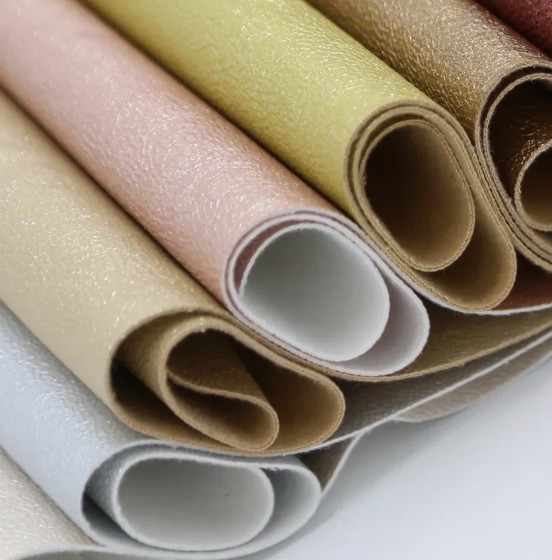 Interpret The Production Process and Advantageous Applications of Microfiber Leather
Interpret The Production Process and Advantageous Applications of Microfiber Leather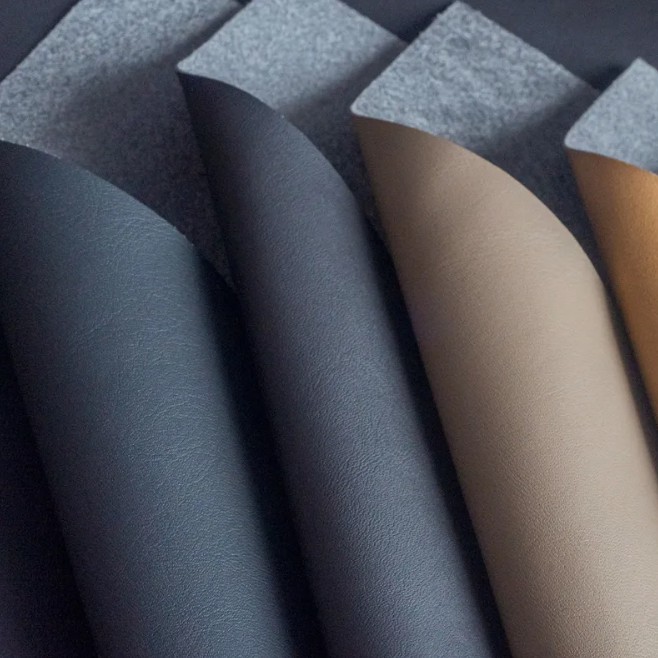 The King of Durability and Cost-effectiveness: PU Synthetic Leather
The King of Durability and Cost-effectiveness: PU Synthetic Leather
Contact Us
Fujian Huaxia Synthetic Leather Co., Ltd.

